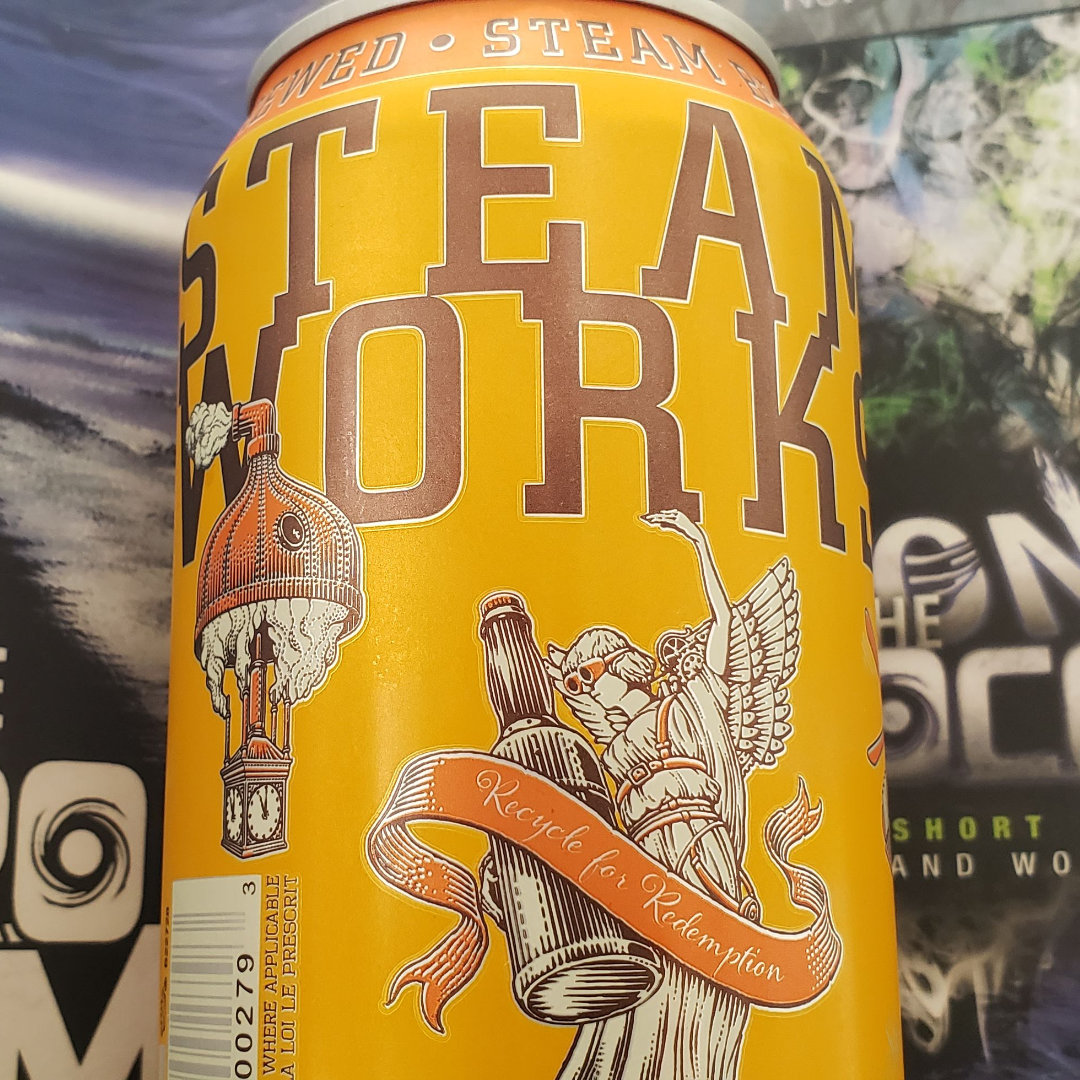
World-building: A Superverse
Estimated Reading Time:
World-building is something every author needs to do for their books. Whether it’s a thriller, fantasy, sci-fi, horror or literature. All of them have some world that the characters fall into.
You can also take this one step beyond world-building and turn it into a superverse. If it’s in modern times, you take advantage of things we are familiar with. If it’s beyond, there’s more groundwork to be done. If it’s historical, you must research the culture and technology where the characters find themselves.
Welcome to Another Edition of Unprocessed Thoughts
I’ve been world-building in a superverse since I was a kid when I got the nick to write. The idea of having books interconnected throughout various genres was such a fantastic idea to me. Initially, this was done through Easter Eggs, hinting at the different stories sharing the same space.
These subtle injections functioned as a seed, sprouting into re-occurring characters and tight areas, ultimately creating what I have today with the Macrocosm. World-building takes time, and sometimes writing needs to be in the slow cooker, taking years before it becomes something tangible.
A lot happens behind the scenes before a single word is even typed in the manuscript. World-building is a big part of that. So what goes into world-building?
World-building: A Superverse
World-building and creating a superverse are one and the same. You’re essentially writing the laws the universe follows and the timeline of important events. For a superverse, the world rules expand for multiple books.
With the Macrocosm, I have many stories in various genres divided into past, present, and future. Short stories are an excellent form to explore where a superverse can go while building lore.
Why Build a Superverse for Your Books?
This is a fair question and something we should cover before diving into some organizing methods. Building a superverse creates a rich and engaging universe for your books. It also functions as a marketing tactic to encourage readers to explore your previous work, converting them into lifelong fans.
Rereading Your Old Work
Building a universe for all your novels is a lot of work. If your plan the superverse from the get-go, there are methods to keep yourself organized and ensure future stories avoid plot holes and continuity issues. If you decide to connect stories later, you do have to backtrack. This requires reading through your own work. Understanding the timelines, the law, and the universe’s rules is mandatory. Track and note every detail you can because fans will do the same thing.
Stay Organised
There are a few different ways to stay organized:
A Wiki
Wikis come in various forms. There’s the Wikipedia content management system or plugins for WordPress. Whatever method you use, a wiki makes auto-links for entries. It is a lifesaver. Continuity becomes far easier being able to surf through your own entries and see which books they appeared in. If it wasn’t for having a wiki, I wouldn’t be able to keep the world-building in line.
There are many different methods of creating a wiki. Some authors use the existing Wikipedia platform and have it exist offline or on a private website. As mentioned, WordPress also has many plugins that are helpful to act like a wiki.
Scrivener
I’ve known authors that have a world-building Scrivener project where they keep all the notes on the universe. This is a suitable method because it keeps the copy offline, you can edit it without pressure, and it’s relatively simple because it’s an environment many authors understand.
Make Notes on Everything
This is a no-brainer for people who like to plot their novels. This is not familiar territory for pansters or those right into the dark. Try to note your characters, plot, and other details.
These notes are helpful down the road when writing future books. A stylesheet effectively ensures unity in the character’s details.
The Macrocosm
The Macrocosm is my superverse. I’ve been working on this universe from the beginning. It’s been a slow burn, and this is the big year! My writing builds the Macrocosm as a superverse, containing all of my work. Its first announcement was in the short story collection Into the Macrocosm. A lot of this I have elaborated on in the newsletter introduction series.
The short stories on Patreon and the collections link characters, locations, and eras within the Macrocosm. They were vague and inconsistent. Finally, I’ve written a book that works as the flagship for this universe, and it will be released this spring.
The newsletter, and on Patreon, I’ve been sharing news about the new Ash Born series. This is a supernatural thriller that blends various genres into one story. It’s part of the new series that functions as the flagship for my work. Beta readers are just wrapping up their feedback on it, then it goes to the editor, and finally, a launch is likely in June.
I have more to share on the series in the coming months. For now, I will be vague about it. I will say that I am excited about bringing the Macrocosm to life with this series. Many of you have been involved in the process for a long time, watching it grow from the initial release of Reality back in 2012.
Get ready for an exciting new direction for this universe.
Beer Note: Steamworks Kolsch
As I write this, I am at my neighbourhood pub drinking the Steamworks Kolsch. It’s a light beer good on a cool or warm day. It’s clear, not loaded with hops, low in alcohol, and a great way to finish a Sunday.

About Konn Lavery
Konn Lavery is a Canadian author whose work has been recognized by Edmonton’s top five bestseller charts and by reviewers such as Readers’ Favorite, and Literary Titan.




